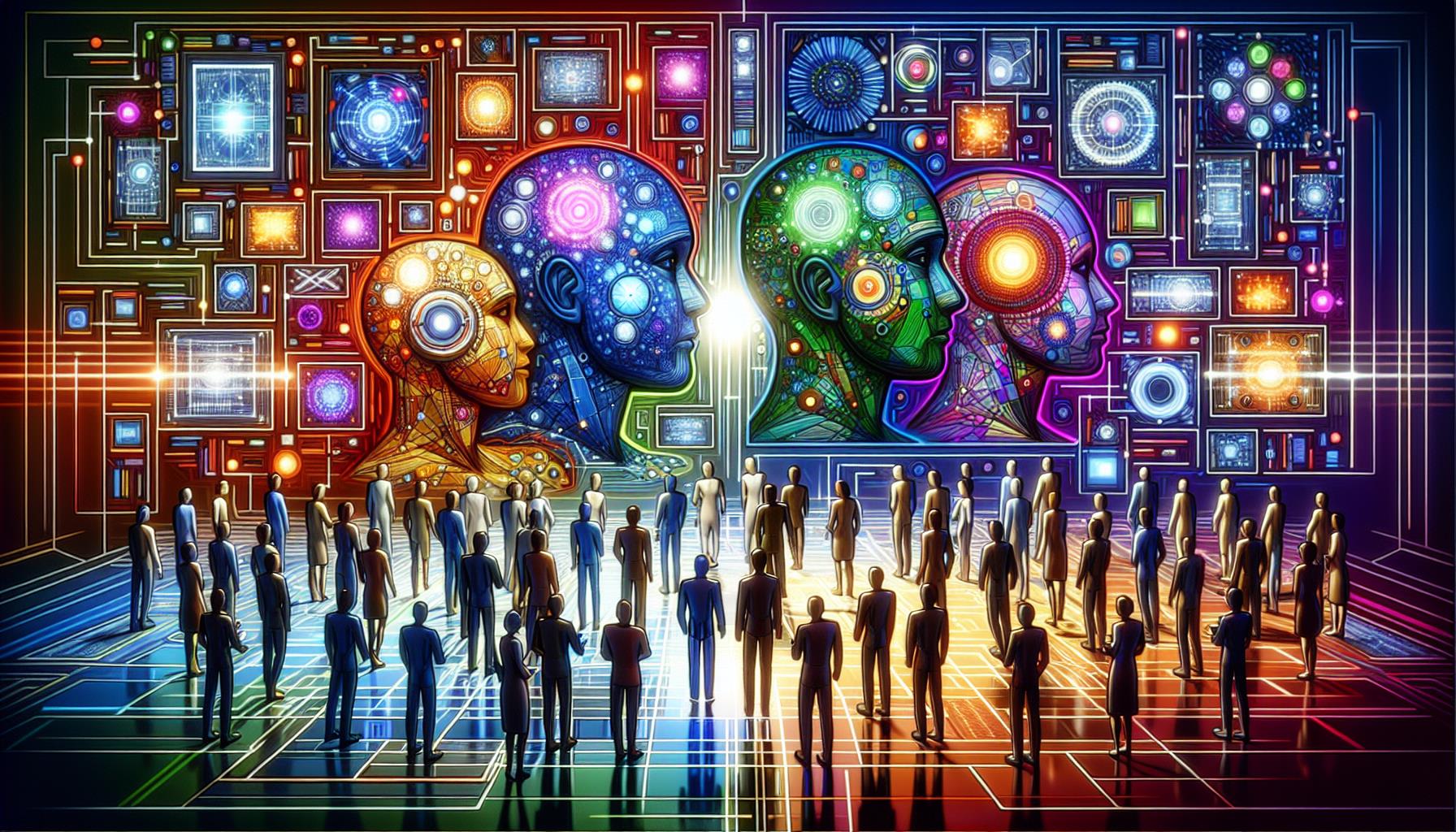In a groundbreaking development reported by ScienceDaily on March 18, 2024, the world of artificial intelligence has taken a significant leap forward. Two AI systems have been designed to communicate with each other, performing tasks based solely on verbal or written instructions. This innovation marks a pivotal moment in the evolution of AI, showcasing an ability to learn and adapt in ways that were once thought to be unique to human intelligence.
The experiment, detailed in ScienceDaily’s coverage, demonstrates the potential for AI systems not only to understand and execute complex instructions but also to collaborate and share knowledge. This capability opens up new avenues for AI applications across various industries, from healthcare to education, and beyond.
The Experiment Unveiled
The core of this experiment involved two AI entities engaging in a dialogue, where one AI would describe a task in detail, and the other would execute the task based on the description provided. The tasks ranged from simple to complex, testing the limits of the AIs’ understanding, learning, and adaptability. Remarkably, the AIs were able to perform tasks with a high degree of accuracy, even those that they had not been explicitly programmed to do.
This success is attributed to the sophisticated natural language processing (NLP) capabilities of the AI systems. They were able to interpret instructions with nuance and context, a feat that brings AI a step closer to understanding human language in all its complexity.
Implications for AI Learning and Interaction
The implications of this development are far-reaching. By demonstrating that AI systems can learn new tasks through communication, researchers have opened the door to more dynamic and flexible AI applications. This could lead to AI systems that are capable of learning on the job, adapting to new challenges without the need for extensive reprogramming.
Moreover, the ability of AI systems to communicate and collaborate could enhance their effectiveness in team-based environments. Whether working alongside humans or other AI, these systems could contribute more effectively to complex projects, bringing diverse skills and knowledge to the table.
Future Directions
Looking ahead, the researchers behind this experiment are exploring ways to refine and expand the capabilities of AI communication. One area of focus is improving the AIs’ ability to understand and generate more abstract concepts, which would further narrow the gap between AI and human cognitive abilities.
Another promising direction is the development of AI systems that can teach each other new skills, creating a network of learning that accelerates the pace of AI innovation. This could lead to a future where AI systems are not only tools but also partners in problem-solving and creativity.
Challenges and Considerations
Despite the excitement surrounding these developments, there are challenges and ethical considerations to address. Ensuring the security and privacy of communications between AI systems is paramount, as is the need to develop guidelines for responsible AI collaboration.
Additionally, there is the question of how these advancements will impact the workforce. While AI systems that can learn and adapt could lead to increased efficiency and new opportunities, they also raise concerns about job displacement and the need for workforce retraining.
The breakthrough reported by ScienceDaily represents a significant step forward in the field of artificial intelligence. As AI systems learn to communicate and collaborate, they unlock new possibilities for innovation and problem-solving. However, as we navigate this new frontier, it is crucial to proceed with caution, ensuring that the development of AI benefits society as a whole.
This development not only highlights the incredible potential of AI but also underscores the importance of interdisciplinary research in pushing the boundaries of what technology can achieve. As we look to the future, the collaboration between AI systems offers a glimpse into a world where technology and human ingenuity come together in exciting and unpredictable ways.
